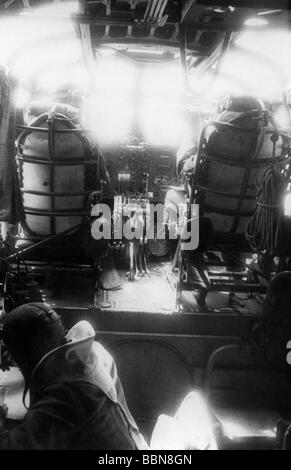

If my adrenaline was pumping as it would be in combat or if I was pulling elevated G loads, this would have decreased my ability to tolerate that altitude by increasing my oxygen demand/respiration rate/cardiac output. I did notice that finding and reading approach plates seemed a little more difficult than usual after an hour or so, and even though I put the oxygen back on I ended the flight with a headache, and feeling more fatigued than usual. I've evaluated my own tolerances at 19,000 (not while piloting of course) by turning off my oxygen (so I had a high O2 saturation beforehand) and while I felt OK just sitting there with nothing to do, relaxed, at 1G, only focused on looking for visual symptoms of the onset of hypoxia (blue fingernails/lips etc) and I did notice them after approx. That said, even lower altitudes from say 8,000 on up may cause headaches in some people, it also decreases visual acuity particularly at night, and dehydration is also an issue on longer flights. In the US we can fly at 12,500 - 14,000 feet for 30 minutes before oxygen legally must be worn, above 14,000 O2 must be worn always. For this reason modern pilots are given more conservative oxygen requirements at altitudes low enough that the judgement required to use it should not be impaired. A Hypoxic pilot will not tell you that he was hypoxic in most cases, they will tell you they were just fine (much like asking a drunk if they are OK to drive). One of the primary characteristics of hypoxia (decreased blood oxygen concentration)is a feeling of well-being, even euphoria. Herodotus wrote: "All very true, and all in their accounts mention only the cold and not lack of oxygen as the problem." Yes, the Germans did use 02 and electrically heated suits. He describes the pain and nausea that a sudden descent from such an altitude causes, and this is the only reference to flying in low 02 situations. McCudden describes how he chased a Rumpler for over an hour at between 17,000 and 20,000 feet, then dived back to cruising altitude (3,000 ft).

McCudden actually supercharged (he was a gifted mechanic) his S.E.5 and could get 4,000 more feet out of it and actually reported hitting 19,400 once.Īll very true, and all in their accounts mention only the cold and not lack of oxygen as the problem. It would not surprise me to fine that the German's were using oxygen but I have not found any reference for oxygen utilzation by scout pilots yet. McCudden's accounts are routine flights to 17,000 - 18,000 and above, with German observation aircraft at 19,000 for hours.

He complained that his joints and limbs were "reddened and extremely painful" and he felt like he had pins sticking in him for hours after one of these flights. These guys did not know the limits - Billy Bishop talks about going to 19,000 feet for combat and the extremely painful recovery afterword. I've become fascinated with the alititudes that some Scout pilots flew to and operated in during WWI.


 0 kommentar(er)
0 kommentar(er)
